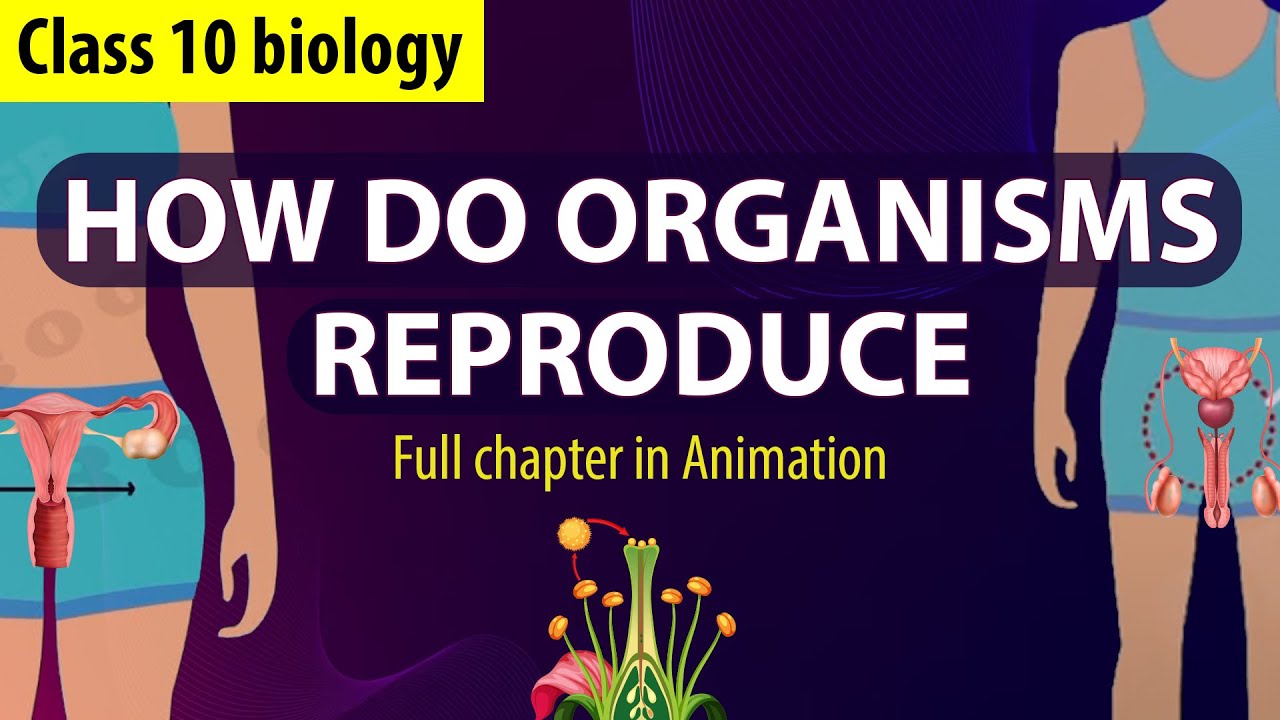Overview of Meiosis | Don't Memorise
Summary
TLDRThis video script explores the fundamental processes of cell division, focusing on asexual and sexual reproduction. It delves into the details of meiosis, highlighting its two stages—meiosis one and two—to produce genetically diverse haploid cells from diploid parent cells. The script explains the preparatory phase, including DNA and centrosome replication, and the subsequent stages of karyokinesis and cytokinesis. It also contrasts meiosis with mitosis, emphasizing the unique features and outcomes of each.
Takeaways
- 😀 Reproduction in organisms can be asexual or sexual, with asexual reproduction being more common in lower organisms.
- 🔬 Asexual reproduction involves mitosis, while sexual reproduction is facilitated by meiosis, as detailed in previous videos.
- 🌱 The preparatory phase, or interphase, includes the G1, S, and G2 phases where the cell grows and DNA is replicated, along with other organelles like the centrosome.
- 🧬 The centrosome's duplication is crucial as it contains centrioles that form spindle fibers necessary for separating sister chromatids during cell division.
- 🔄 Meiosis consists of two rounds, meiosis one and meiosis two, to produce four haploid cells with half the number of chromosomes compared to the parent cell.
- 🌀 Meiosis one has four stages: prophase 1, metaphase 1, anaphase 1, and telophase 1, each with distinct cellular changes and processes.
- 🔄 Crossing over occurs during prophase 1, where gene segments are exchanged between non-sister chromatids of homologous chromosomes, leading to genetic variation.
- 🌐 The metaphase plate in metaphase 1 is a result of independent assortment, where homolog pairs align with random orientation.
- 📉 After meiosis one, each cell undergoes a resting phase called interkinesis before proceeding to meiosis two.
- 🔄 Meiosis two is similar to mitosis for haploid cells, with stages including prophase 2, metaphase 2, anaphase 2, and telophase 2, resulting in the formation of gametes.
- 🎲 Genetic differences among gametes are primarily due to recombination during meiosis one, leading to genetic variation in offspring.
Q & A
What are the two primary modes of reproduction in organisms?
-The two primary modes of reproduction in organisms are asexual and sexual reproduction.
Which type of reproduction is preferred by lower organisms and involves mitosis?
-Asexual reproduction is preferred by lower organisms and it involves mitosis.
What is the purpose of meiosis in sexually reproducing organisms?
-Meiosis in sexually reproducing organisms aids in increasing their population and results in the formation of haploid cells with half the number of chromosomes compared to the parent cell.
What are the three phases that a cell goes through during the interphase before actual division?
-The three phases a cell goes through during the interphase are the G1 phase, S phase, and G2 phase.
What happens to the genetic material during the interphase?
-During the interphase, the DNA is replicated to make an identical copy of each chromosome.
Why is the duplication of the centrosome important during the interphase?
-The duplication of the centrosome is important because it contains centrioles that form the spindle fibers needed for separating sister chromatids later.
What are the two main processes that occur during the mitotic phase of cell division?
-The two main processes that occur during the mitotic phase of cell division are karyokinesis and cytokinesis.
How is meiosis one different from meiosis two in terms of its purpose?
-Meiosis one is focused on reducing the chromosome number by half and involves the separation of homologous chromosomes, while meiosis two separates sister chromatids, similar to mitosis, to form haploid cells.
What is the significance of crossing over during prophase 1 of meiosis one?
-Crossing over during prophase 1 of meiosis one is significant because it allows for the exchange of genetic material between non-sister chromatids of homologous chromosomes, leading to genetic diversity.
What is the result of the independent assortment during metaphase one of meiosis?
-The result of independent assortment during metaphase one of meiosis is that homolog pairs align on the equator of the cell with random orientation, contributing to genetic variation.
How do the final products of meiosis differ from each other genetically?
-The final products of meiosis, which are haploid cells or gametes, are genetically different from each other mainly due to recombination between the chromosomes that takes place during meiosis one.
Outlines

Dieser Bereich ist nur für Premium-Benutzer verfügbar. Bitte führen Sie ein Upgrade durch, um auf diesen Abschnitt zuzugreifen.
Upgrade durchführenMindmap

Dieser Bereich ist nur für Premium-Benutzer verfügbar. Bitte führen Sie ein Upgrade durch, um auf diesen Abschnitt zuzugreifen.
Upgrade durchführenKeywords

Dieser Bereich ist nur für Premium-Benutzer verfügbar. Bitte führen Sie ein Upgrade durch, um auf diesen Abschnitt zuzugreifen.
Upgrade durchführenHighlights

Dieser Bereich ist nur für Premium-Benutzer verfügbar. Bitte führen Sie ein Upgrade durch, um auf diesen Abschnitt zuzugreifen.
Upgrade durchführenTranscripts

Dieser Bereich ist nur für Premium-Benutzer verfügbar. Bitte führen Sie ein Upgrade durch, um auf diesen Abschnitt zuzugreifen.
Upgrade durchführenWeitere ähnliche Videos ansehen

Cell Division - Mitosis and Meiosis - GCSE Biology (9-1)

What is Mitosis & Meiosis? | Complete | Animated Explanation

Class 10 reproduction | Asexual reproduction CBSE Class 10 Biology Chapter 7 | NCERT

BIOLOGI Kelas 10 - Bakteri (PART 2) | GIA Academy

Entenda a DIVISÃO CELULAR | Mitose e Meiose

How Do Organisms Reproduce Complete Chapter🔥 in Animation |Class 10th Science CH-6| NCERT covered|
5.0 / 5 (0 votes)
